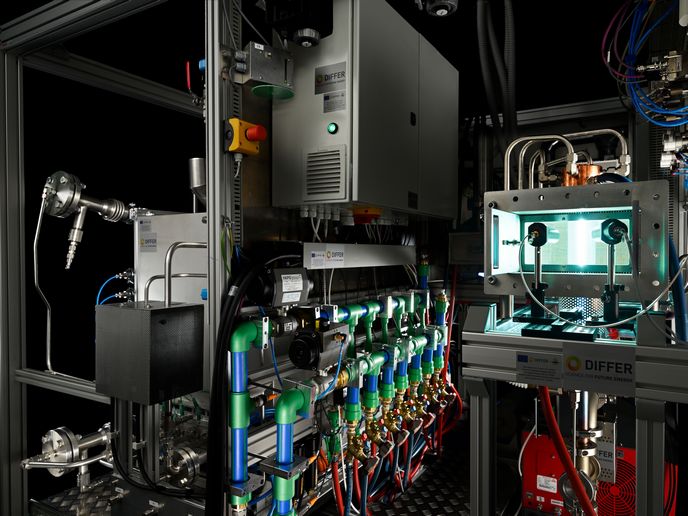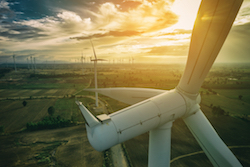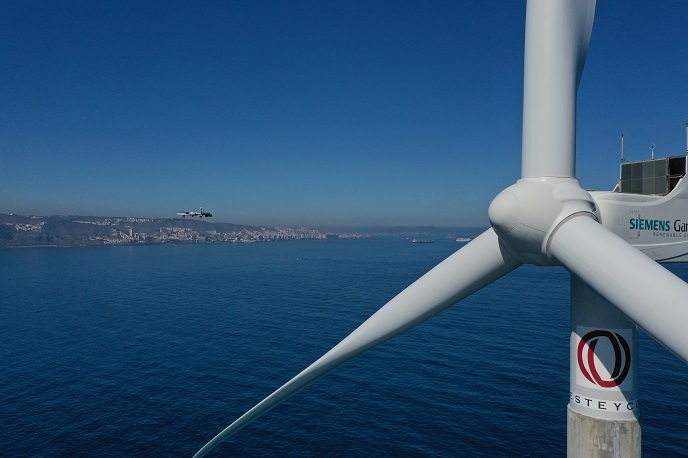Glass reinforced composites for wind turbine hubs
Wind turbine hubs are traditionally made from cast-iron that due to its atomic weight, severely limits the overall production capacity of large-scale rotors. However, this project involved a new and innovative geometric design, coupled with the introduction of composite materials that was able to minimise peak loading factors on both the blades and the rotor itself. Borne out of the COMHUM (Innovative Composite Hub for Wind Turbine) project, the structural design of the composite hub involved a number of design and operation parameters. On the design front, hub constraints and its affects on the rotor blades have been identified, whilst the hub flanges have been standardised for current rotor blades adaptability. Further improvements have evolved from the use of alternate Finite Element Modelling (FEM) and analysis techniques; including thick shell composite materials and fracture analysis. These improvements led to the composite material selection of glass-reinforced composites, which besides displaying similar mechanical properties to those currently in use; also offer lighter weight and maximum material property usage. The glass-reinforced composite hub has been designed and installed in an 800 kW wind turbine, such that the hub diameter is 4 metres and the blades are 27.4 metres long. Further, the three turbine blades have blade flanges of 1.400 millimetres pitch diameter for a pitch bearing of a pitch/variable speed wind turbine. The prototype hub had a PU surface coating and was produced with the experience gained in in-house production of rotor blades, which included resin injection moulding technology. As a result, this new composite hub increases wind energy capture with larger blade sweep areas, reduced weight and optimum reliability.







